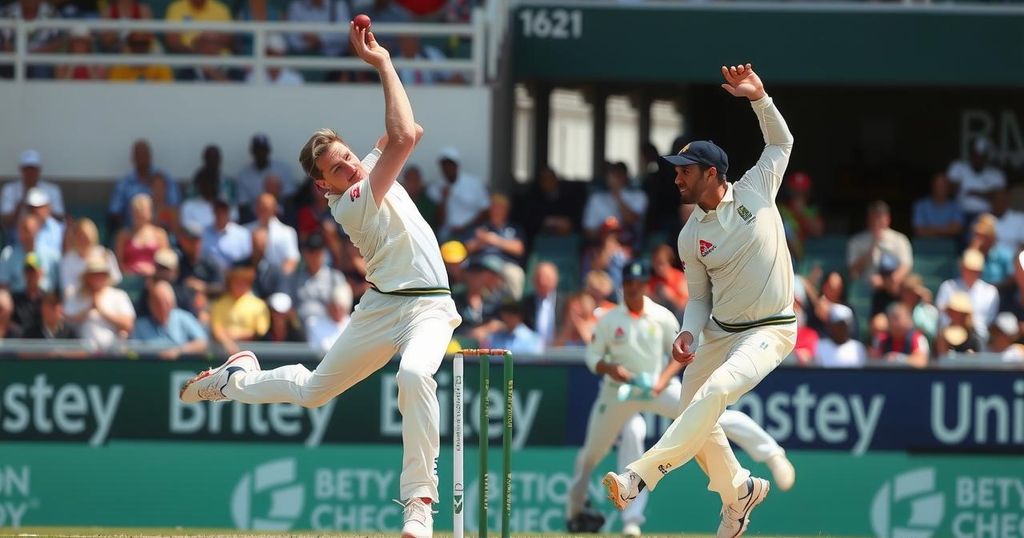Understanding the Grid Formation for Formula 1’s Brazilian Grand Prix in the Absence of Qualifying
The Brazilian Grand Prix may face a unique situation where qualifying does not occur due to severe weather. Current F1 regulations are ambiguous regarding grid formation without qualifying, lacking definitive provisions, and leaving the decision to race stewards. They may use previous session results, notably from practice or sprint qualifying, to establish grid positions. This scenario highlights gaps in the regulations that may be addressed in future seasons.
The Brazilian Grand Prix, a significant event in the Formula 1 calendar, faces uncertainty regarding its grid formation due to inclement weather conditions that have necessitated the postponement of qualifying. If this situation persists into race day and qualifying does not occur, there is no explicit provision in the current 2024 F1 Sporting Regulations to define the grid under such circumstances. While Article 39.4b of the regulations refers to scenarios involving drivers who are classified as ‘unclassified’—based on previous session performances—its application is ambiguous when qualifying entirely fails. The rules imply that the order may revert to practice results, specifically using the times from the final practice session or Sprint Qualifying, contingent on whether the latter occurred. A potential outcome could see Lando Norris starting on pole position based on his performance during the preceding practice if qualifying remains canceled. Conversely, an interpretation based on previous qualifying results could yield different lineups. This complex situation over the interpretation of regulations mirrors a similar precedent set during the 2019 Japanese Grand Prix, where stewards resorted to the last completed practice session times to establish the grid. Should the Brazilian GP face this dilemma, it is likely the stewards will lean towards using the results of Sprint Qualifying or free practice results to determine the grid composition, exercising their authority granted under the International Sporting Code.
The Brazilian Grand Prix has garnered attention due to adverse weather conditions impacting the qualifying session, raising the question of how the race grid would be established if qualifying cannot be conducted. Current regulations lack a definitive answer for such a scenario, leading to a potential reliance on prior practice results or other criteria as determined by race stewards. Future regulations for 2025 aim to clarify these circumstances, stipulating that championship standings would guide the grid formation. This topic reignites discussions surrounding the flexibility or rigidity of current racing regulations in the face of unexpected challenges such as weather-related disruptions.
In conclusion, the Brazilian Grand Prix’s current regulations do not provide a clear procedural outline for forming the race grid in the absence of qualifying. The situation is precarious, relying on the discretion of race stewards, who may choose from various past session results to finalize the grid. This uncertainty underscores the need for clearer regulatory frameworks in future seasons to mitigate confusion in such extraordinary circumstances. Consequently, the racing community continues to monitor the situation as it develops, awaiting any announcements from F1 officials regarding grid arrangements.
Original Source: www.autosport.com




Post Comment